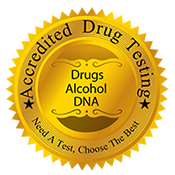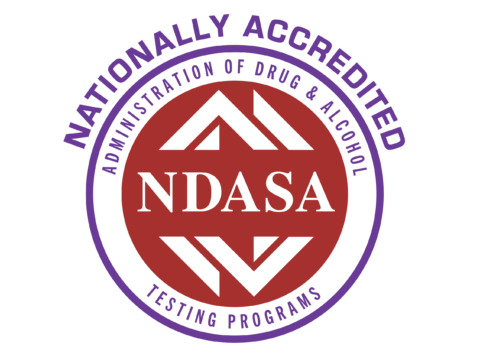Respirator Fit Testing: Qualitative vs. Quantitative
OSHA requires respirator fit testing to ensure workers are protected when using tight-fitting facepieces. There are two approved testing methods: Qualitative and Quantitative. Here's what you need to know about each option and how to remain compliant.
Qualitative Fit Testing (QLFT)
This is a pass/fail test that relies on the user's sensory detection of a test agent. It is only permitted for negative-pressure respirators used in environments where exposure levels are below 10 times the permissible exposure limit (PEL).
Common Test Agents:
- Saccharin (sweet taste)
- Bitrex (bitter taste)
- Isoamyl acetate (banana smell)
- Irritant smoke
Used For:
- N95 disposable respirators
- Half-face respirators (when used under 10x PEL)
Result: Pass/Fail based on the user's response to the test agent.
Quantitative Fit Testing (QNFT)
This method uses a machine to measure the exact amount of leakage into the respirator. It provides a numerical fit factor and is suitable for all types of tight-fitting respirators.
Testing Methods:
- PortaCount (particle counting)
- CNC (Condensation Nuclei Counter)
- Generated aerosol
- Controlled Negative Pressure (CNP)
Used For:
- Full-face respirators
- SCBA (Self-Contained Breathing Apparatus)
- Half-mask respirators (for higher exposure environments)
Result: Numerical fit factor; must meet or exceed OSHA minimums.
OSHA Fit Testing Requirements
- Fit testing must be done prior to initial use and annually.
- Must be performed if a different respirator is used, or if there are changes in facial features.
- Fit testing records must be retained.
- Tests must be administered by qualified professionals.
Need a Fit Test?
Accredited Drug Testing offers both qualitative and quantitative respirator fit testing nationwide. We ensure OSHA compliance with expert staff and reliable testing options that fit your schedule and workplace requirements.
Contact us today to schedule your OSHA-compliant respirator fit test!

